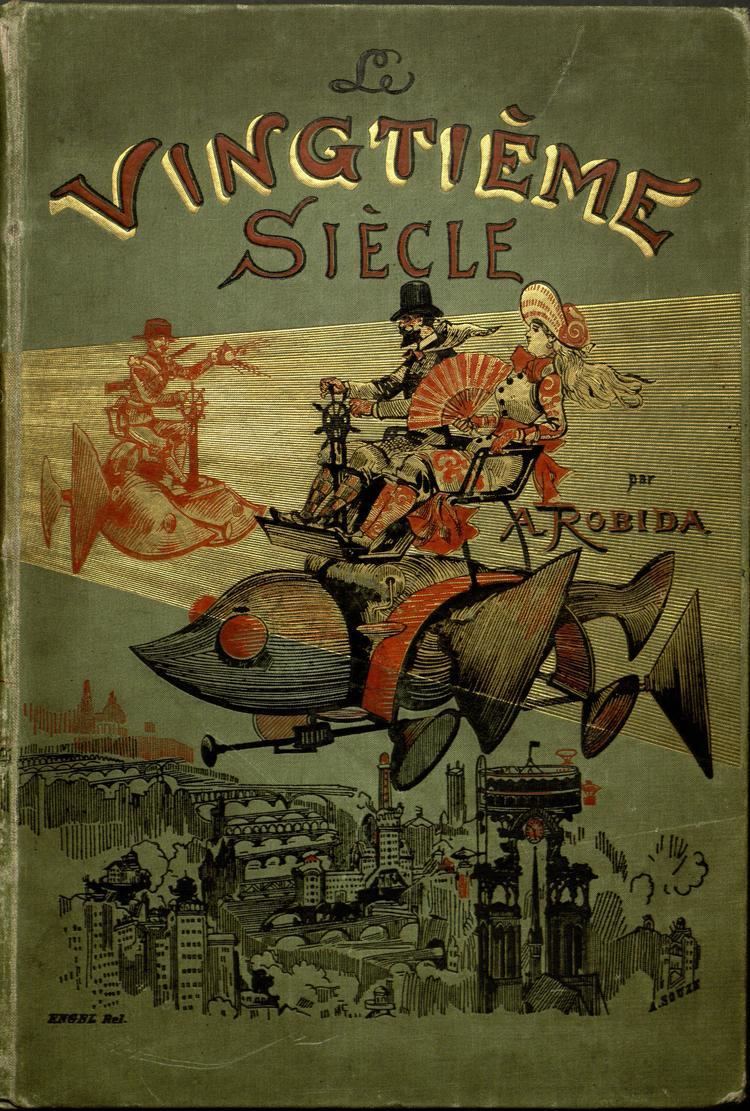Nationality French Name Albert Robida | Role Illustrator | |
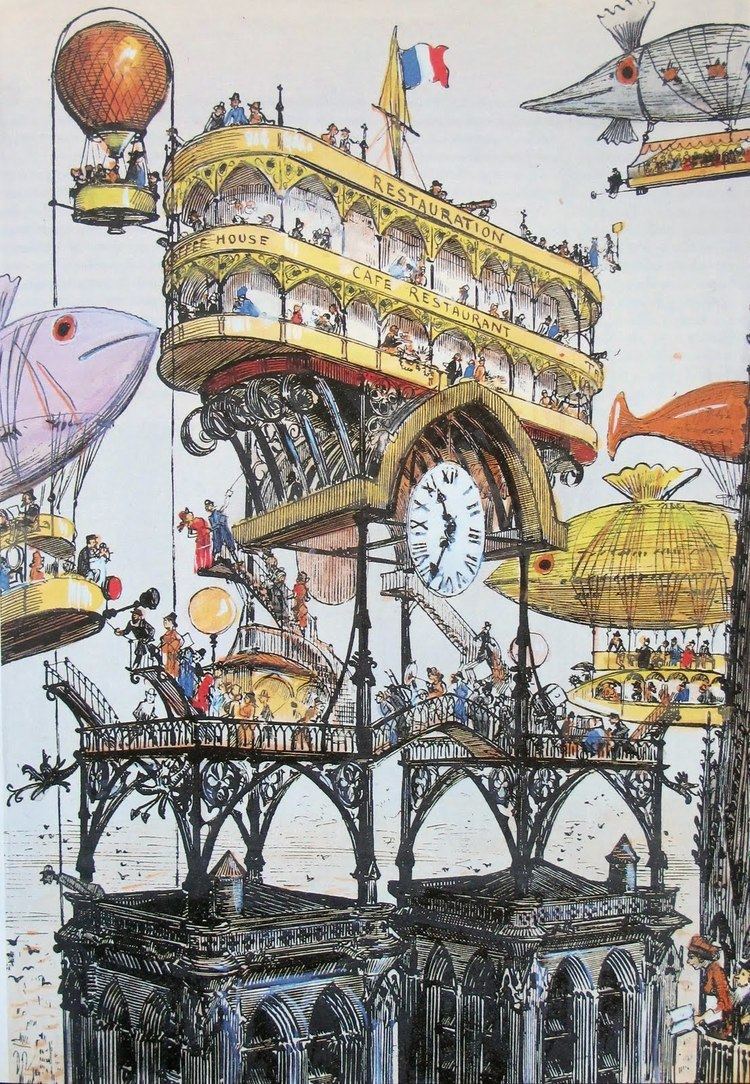 | ||
Occupation Writer, illustrator, etcher, lithographer, caricaturist, novelist, publisher Genre Children's Books, Graphic novels Died October 11, 1926, Neuilly-sur-Seine, France Books Le Vingtieme siecle La, The twentieth century, The Clock of the Centuries, Electric Life, Chalet in the Sky | ||
Automata Flying Machine
Albert Robida (14 May 1848 – 11 October 1926) was a French illustrator, etcher, lithographer, caricaturist, and novelist. He edited and published La Caricature magazine for 12 years. Through the 1880s he wrote an acclaimed trilogy of futuristic novels. In the 1900s he created 520 illustrations for Pierre Giffard's weekly serial La Guerre Infernale.
Contents
- Automata Flying Machine
- La sortie de l op ra en l an 2000 albert robida 1882
- Biography
- Futuristic Trilogy
- Works with Pierre Giffard
- Critical studies
- References

La sortie de l op ra en l an 2000 albert robida 1882
Biography
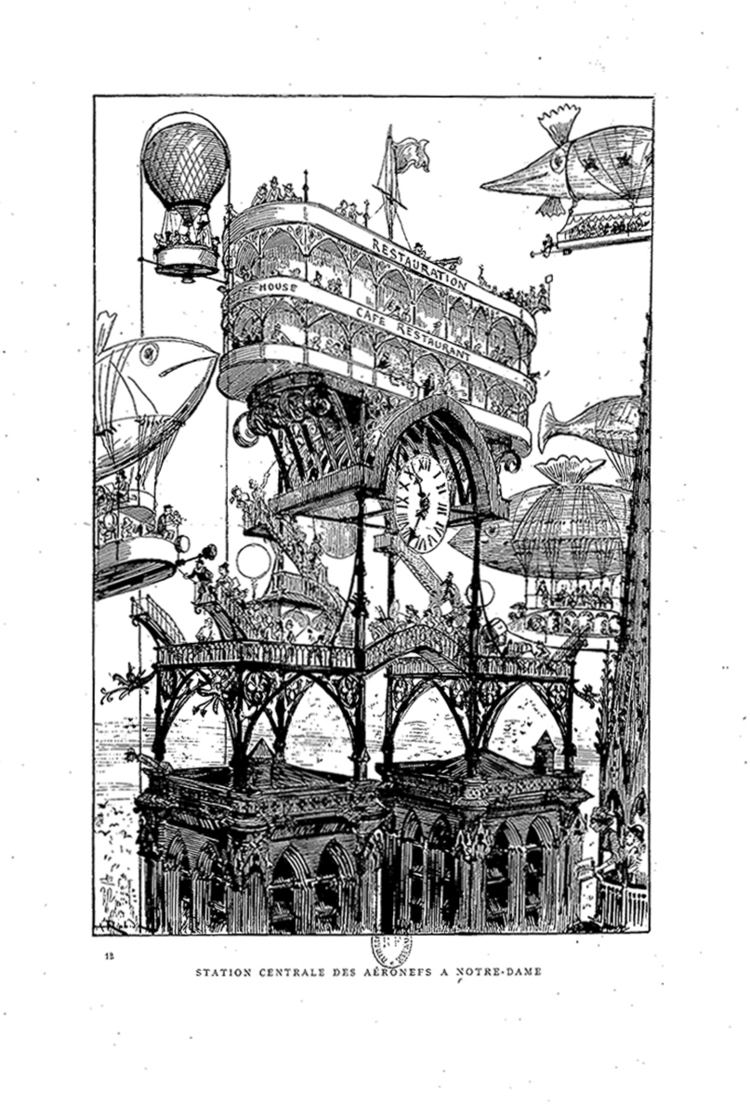
He was born in Compiègne, France, the son of a carpenter. He studied to become a notary, but was more interested in caricature. In 1866 he joined Journal amusant as an illustrator. In 1880, with Georges Decaux, he founded his own magazine La Caricature, which he edited for 12 years. He illustrated tourist guides, works of popular history, and literary classics. His fame disappeared after World War I.
Futuristic Trilogy

Albert Robida was rediscovered thanks to his trilogy of futuristic works:
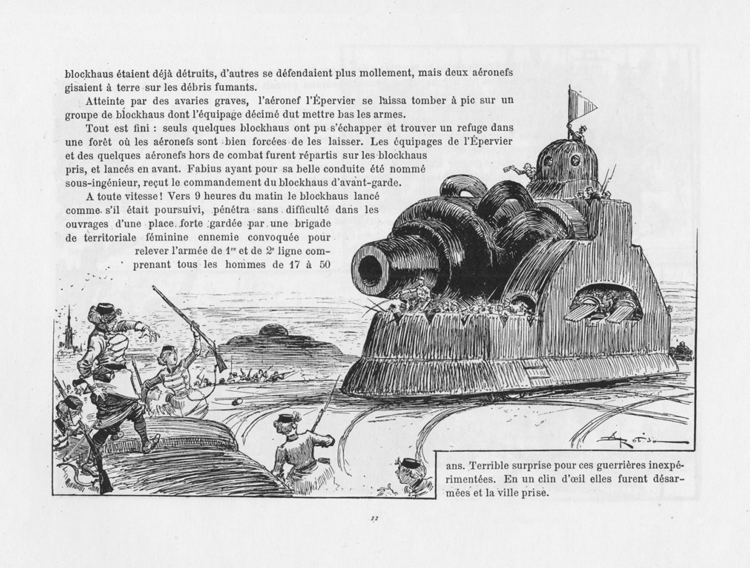

These works drew comparison with Jules Verne. Unlike Verne, he proposed inventions integrated into everyday life, not creations of mad scientists, and he imagined the social developments that arose from them, often with accuracy: social advancement of women, mass tourism, pollution, etc. His La Guerre au vingtième siècle describes modern warfare, with robotic missiles and poison gas. His Téléphonoscope was a flat screen television display that delivered the latest news 24-hours a day, the latest plays, courses, and teleconferences.
Works with Pierre Giffard

Robida illustrated two works by Pierre Giffard:
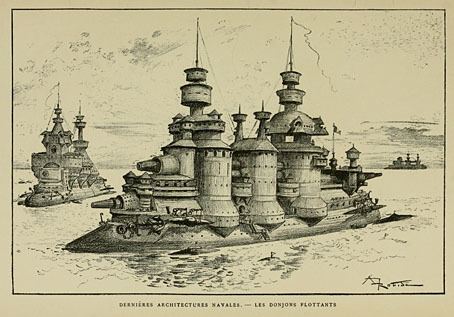
Critical studies
